The annual meetings are organized by the International Institute for Strategic Studies (IISS).
The annual meetings are organized by the International Institute for Strategic Studies (IISS).
By Orçun Göktürk, from Beijing / China
The Shangri-La Dialogue 2025, Asia’s largest and most comprehensive security forum held annually in Singapore, has concluded. In addition to the US-China tension, new contradictions and fault lines between Europe and the US also drew attention at the Forum.
The Forum takes its name from the Shangri-La Hotel in Singapore, where it was first held in 2002. The annual meetings, organized by the International Institute for Strategic Studies (IISS), aim to establish open and constructive dialogues on security policies by bringing together defense ministers, military leaders, and security experts from the region.
US-China Tension
At this year’s Forum, US Defense Secretary Pete Hegseth stated that a potential Chinese attack on Taiwan would have “devastating consequences” and claimed that Beijing aims to achieve the capacity to invade Taiwan by 2027. Hegseth also criticized China’s military activities in the South China Sea and its influence in the Panama Canal, asserting that allies in the region should increase their defense spending.
US Defense Secretary Hegseth’s speech, with its open threats against China regarding Taiwan, the proxy strategy pursued through Taiwan, and the call for regional countries to “increase your defense spending,” revealed Washington’s true intentions. The US, just as it has done in Europe through NATO, seeks to design the Asia-Pacific according to its own geopolitical interests, increasing military dependence by pitting countries against each other. Hegseth’s threat of “devastating consequences” to China via Taiwan exposes the essence of the American strategy: provocation, calls for rearmament, and regional polarization. The Trump administration, despite proclaiming “America First” and “ending endless wars,” is no less zealous than its predecessors in fueling tensions in Asia.
In this new era, the US calls on its allies to increase defense spending and form a “united front” against China to curb China’s rise in Asia. However, regional countries are highly aware of American policies. Regional countries, especially ASEAN components, clearly see that Washington’s policies, from Afghanistan to Iraq, from Taiwan to the South China Sea, do not resolve crises but rather deepen them.
Trump’s return to the presidency creates a dual rupture for regional countries. On the one hand, the weakening of the Biden era’s ideological “alliance of democracies against autocracies” rhetoric provides regional countries with more diplomatic maneuvering space. On the other hand, Trump’s aggressive economic and military policies towards the region continue the “either you are with us or against us” line.
Especially, US allies like Japan and South Korea may be forced to pursue more independent defense capabilities due to Trump’s “pay us if you want protection” approach. This could complicate a NATO-style bloc plan in Asia. Countries like the Philippines and Vietnam, which occasionally experience tensions with China, are trying to both pursue balancing policies without burning bridges with China and avoid full engagement with the US.
China’s ‘Low-Profile’ Participation
On the other hand, China exhibited a lower-profile participation in the meeting compared to previous years. In contrast to the high-profile participation of Defense Minister Dong Jun in 2024, China was represented this year by military academics from the National Defense University at a lower level. This situation led to interpretations that China adopted a more cautious approach to the US’s harsh statements on Taiwan. Furthermore, it was announced that no bilateral meeting took place between the two countries during the Forum.
China reacted to US Defense Secretary Hegseth’s criticisms of China. The Chinese Ministry of Foreign Affairs described Hegseth’s speech as “full of Cold War mentality” and “promoting regional division.”
China may consider the Shangri-La Dialogue to be a Western-centric platform that reinforces anti-China rhetoric, particularly from the US. The lack of high-level participation may imply that this platform is no longer as important or constructive for China as it once was.
Considering the harsh statements made by US Defense Secretary Hegseth on issues such as Taiwan and the South China Sea, China may have wanted to avoid direct confrontation and further escalation of tensions by maintaining a lower profile. The participation of a high-level official would have meant more debate and media attention.
French-British ‘Neo-Colonialist’ Dream
Among this year’s Forum participants, French President Macron called for expanding the globalist Western camp by stating, “Asia and Europe must unite against bullies.” However, neither Europe’s military capacity nor its historical relations with the region are in a position to support such grand rhetoric. Macron’s move is nothing more than an attempt to integrate his own imperial ambitions into the Atlantic alliance. The EU’s pursuit of involvement in Asia’s security equation creates a perception of “neocolonial guardianship” among regional countries.
Meanwhile, the visit of a British aircraft carrier to Singapore later this month can be seen as part of a program that Boris Johnson first articulated in 2017, emphasizing British support for freedom of navigation in the South China Sea. Moreover, the visit of the British aircraft carrier partly reflects its commitments under the 54-year-old “Five Power Defense Arrangements” linking the British military with its counterparts in Singapore, Malaysia, Australia, and New Zealand.
The Choice Facing Asia
The Shangri-La Dialogue 2025 served as a warning to Asian countries. While the US military buildup in the region creates a risk of hot conflict with China over issues like Taiwan, the rhetoric of “peace” solely serves Washington’s geopolitical interests. However, peace can only be achieved through an equation developed from within Asia, not one imposed from across the Atlantic.
Trump’s presidency creates a turning point for Asia-Pacific countries. If Asian countries can take advantage of this situation to build a more balanced, multipolar, and region-centric security architecture, regional countries can emerge with an advantage. The way to achieve this is to reduce dependence on extra-regional powers and strengthen integration with structures like ASEAN, SCO, and BRICS.
The Shangri-La Dialogue once again demonstrates that what the Atlantic alliance brings to Asia under the name of “security” is, in fact, a form of new guardianship. If Asia-Pacific countries want to build the foundations for peaceful coexistence with their own hands, they should listen to each other’s voices, not Washington’s. Peace can rise not from the Pentagon or Brussels, but from Beijing, Delhi, Jakarta, Kuala Lumpur, and Bangkok.







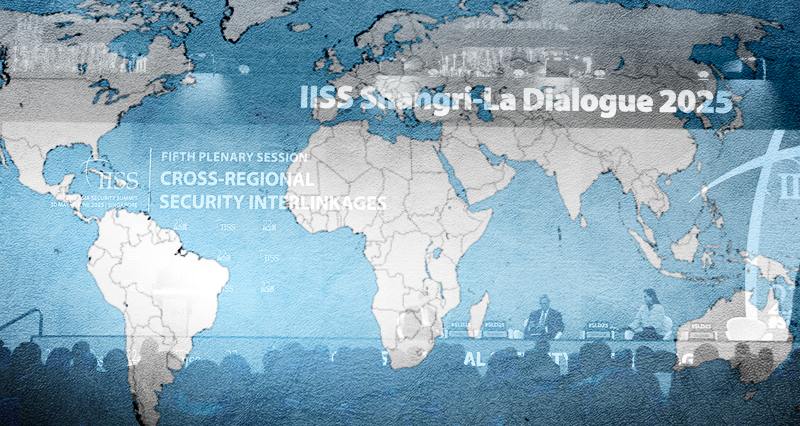


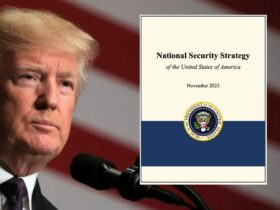
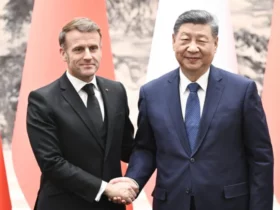

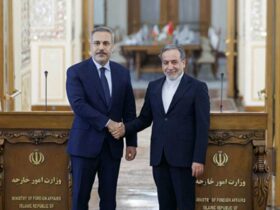


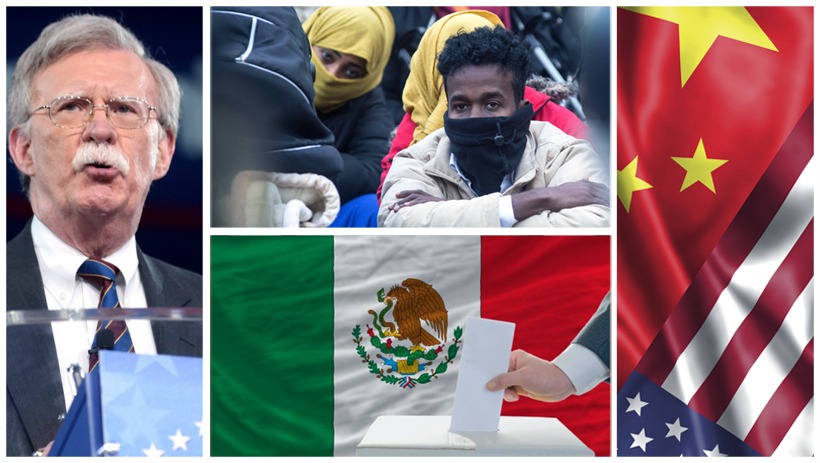
Leave a Reply